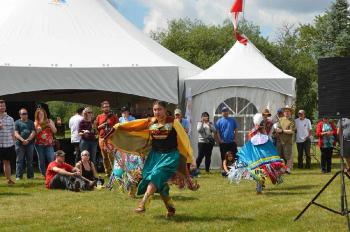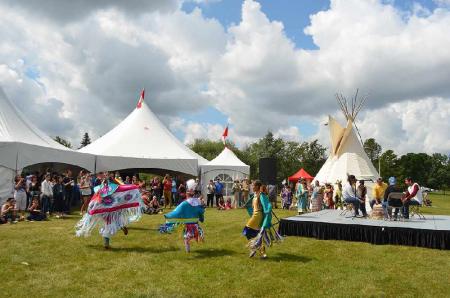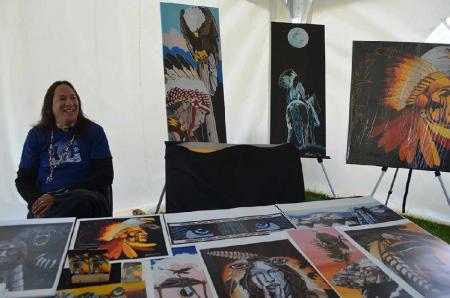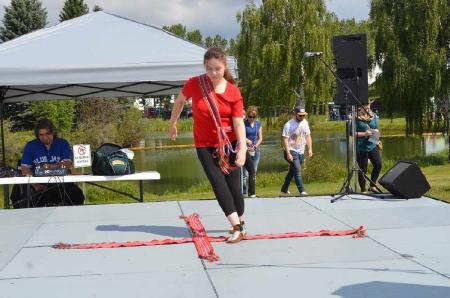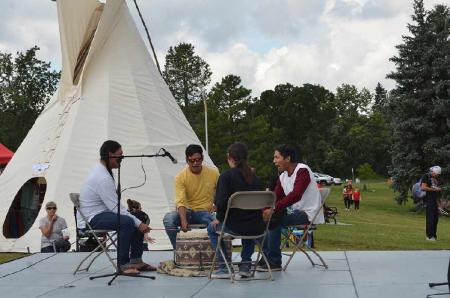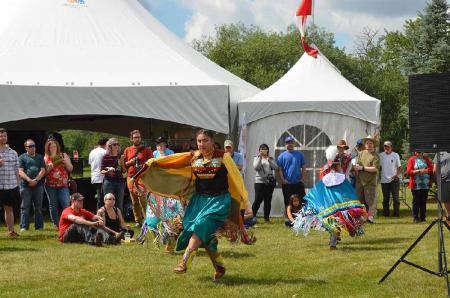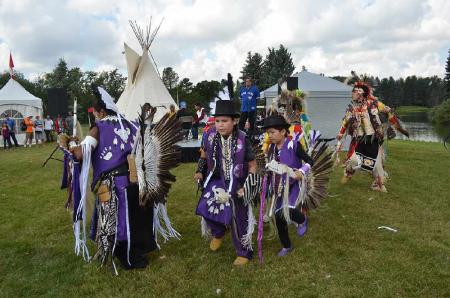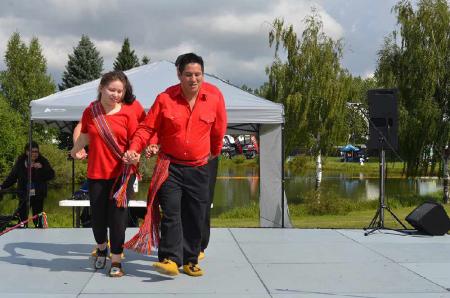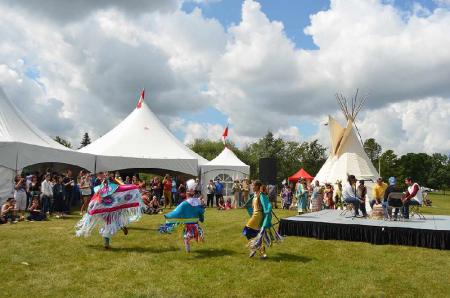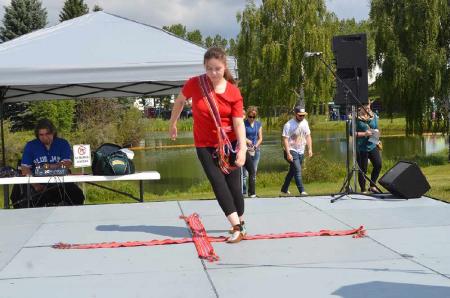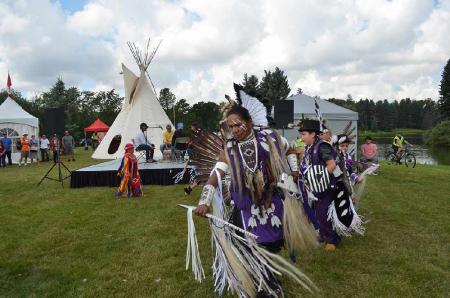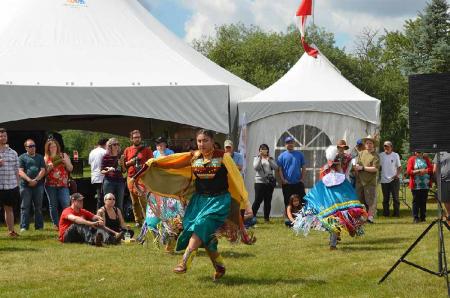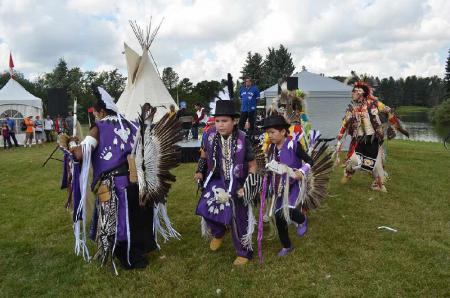Image Caption
{ALBUM_998708}
By Paula E. Kirman
Windspeaker.com Contributor
EDMONTON
The annual Servus Heritage Festival transformed Hawrelak Park into a mini-tour of the world. For three days, visitors had the chance to experience – and taste – the music, dance, and food from 70 pavilions, representing more than 90 different countries and cultures.
One of those pavilions was dedicated to Aboriginal culture. The Canadian Native Friendship Centre has been organizing the Aboriginal Pavilion for 38 years.
“So much goes into planning, from equipment inventory to food purchases, talent buying, site set-up, and team meetings, as well as a lot of little things that make a festival work,” said Ron Walker, executive director of the Canadian Native Friendship Centre.
The hope was to enable people to experience First Nations, Métis and Inuit (FNMI) culture in all its visual and spiritual glory.
“There is meaning in dance and song and it should be treated with that respect. Sometimes our pavilion is one of only a handful of opportunities FNMI foster children get to see their culture, so we use this event to highlight some of the participants of our cultural workshops during the year,” Walker said.
Walker wanted visitors to experience all that FNMI culture has to offer, not just the activities and events commonly associated with Aboriginal people.
“We are more than just powwows, hand-games and round-dances, so this can be an introduction of sorts,” he explains.
“We are the original people of this land, so the public should be aware that we are still here and thriving!”
One of the biggest attractions of the pavilion, aside from the food and the arts vendors market, was the entertainment. Several acts from previous years returned, such as Young Medicine and renowned fiddler Daniel Gervais, as well as various powwow dance members such as the Walker-Twin Dancers.
This year also featured new performers. Sam Bull Jr. and Doris Collins performed stories of the Wesakechak.
Hugo Martell, a volunteer jigging coach at the CNFC for a number of years, presented his Métis dance group.
Nga Ihi o Nehua, a trio of a mother and two daughters singing and performing women’s Maori song and dance, was perhaps a surprise choice to some.
“We at the CNFC are inclusive and support all Indigenous people across the world,” Walker said. “We actually have offered space for the trio to practice since early this year.”
Walker credits the success of the pavilion to volunteers, “the heartbeat of non-profit organizations.”

